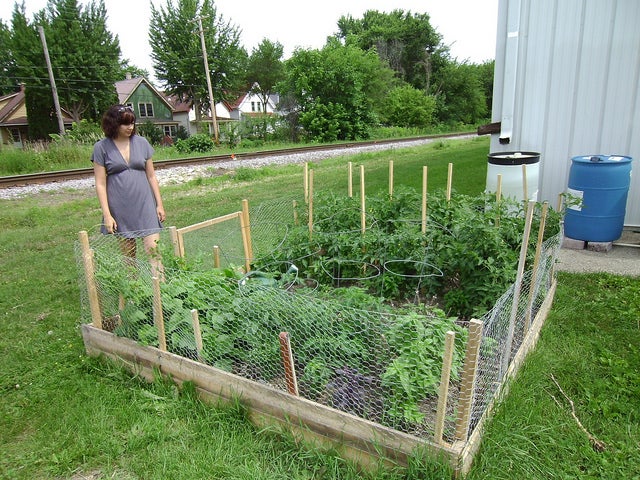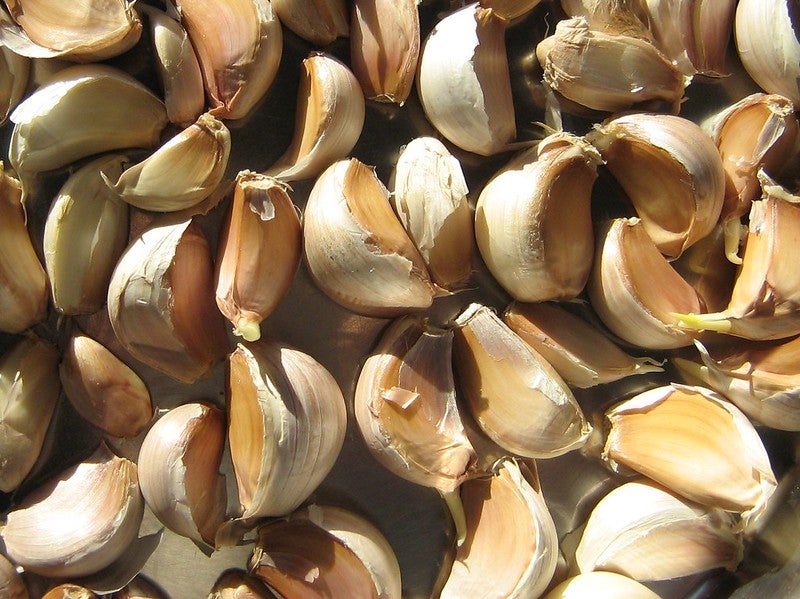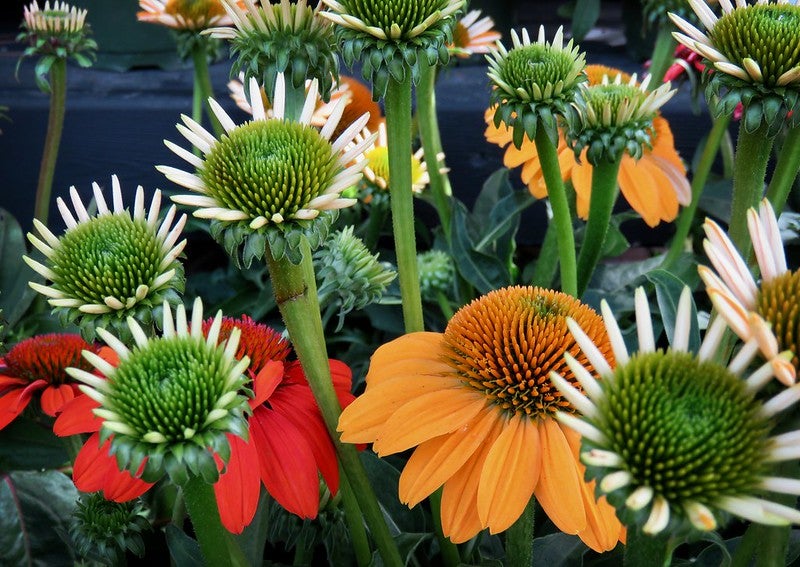Limited space is no reason to keep you from having the garden of your dreams.
From vertical gardens to mason jar and container gardens, with a little creativity you can utilize your space to effectively grow plants, no matter the limitations, said Kevin Espiritu, founder of Epic Gardening and author of the new book, “Field Guide to Urban Gardening: How to Grow Plants, No Matter Where You Live.”
News with a little more humanity
WPR’s “Wisconsin Today” newsletter keeps you connected to the state you love without feeling overwhelmed. No paywall. No agenda. No corporate filter.
Espiritu’s interest in gardening came on a whim, and when his first foray ended in a cucumber failure, he quickly realized there was limited easily digestible information on where he went wrong.
“There’s some statistic where like 40 percent of first-time gardeners don’t ever garden a second year, and that to me is just a bit sad,” he said.
Espiritu broke his book down into three main sections to get you started on an urban garden.
- Green Thumb Basics: the foundational concepts of gardening like how does a plant use water and light? Where should your garden be located?
- Growing Methods: there are six different growing methods within the section that give the best growing options, depending on your set up. For example, raised bed gardening, balcony gardening and indoor gardening.
- Troubleshooting: this tackles some of the most common things you may run into that could hinder your progress as a gardener — like pests, diseases or watering mistakes.
It’s important to get a win under your belt early, Espiritu said.
“I did not grow up as a gardener at all,” he said. “I will say I learned a lot about how plants grow and why all the things that happened were bad.”
Espiritu offered five tips he’s learned along the way to set your garden up for success.
1. Start Small
“You could go as complex as you want … but if you’re just starting out and you have in your head, ‘Oh, I’m not a green thumb’ … which hopefully we can dispel you of, it’s the best idea in the world to start very small,” he said. “I’m talking one plant that you actually really enjoy eating.”
For example, Espiritu’s brother loved basil, so when he started his garden, he cultivated many different varieties and found ways to work them into a variety of pesto recipes.
If you care about the plant, and have a purpose for it, your investment will deepen and start you off in the right direction, he said.
2. Choose Your Plants Carefully
Pick plants that are easier to grow, he said. Espiritu suggests herbs and leafy greens because they are less complex than plants where you eat the fruit, like tomatoes and peppers.
“There’s a lot of plants that we don’t grow through their whole life cycle, we just want to eat their leaves,” he said. “Things like lettuce, spinach, arugula are very easy relative to a tomato or a pepper … as we’re eating the fruit of that plant, which is much further along and there’s a lot more things that can go wrong.”
3. Give Yourself Permission To Buy Seedlings
While starting from seed is certainly cheaper, there’s a lot of opportunity for mistakes in those first steps, Espiritu said.
“A lot of people will make mistakes, either they have damping off and the seedlings start to wilt and die, or they didn’t get their watering perfect or they didn’t bury it the right way,” he said. “Just go ahead and go to the nursery … It’s totally fine to do that.”
4. Consider The Sun
The big misconception with light is people think of light how we use it, not how plants do as an energy source, Espiritu said.
“If we look at our garden, we say, ‘Oh it looks like it’s bright enough for my peas,’” he said. “That’s not the right way to think because a pea doesn’t think that way. Light exposure and understanding the type of light plants need, and how much, is huge.”
If your garden is located in a shadier spot, Espiritu recommends planting leafy greens and herbs, which are somewhat shade tolerant.
“It still might not grow as well as if you perhaps had five, six hours of sun, but it’s one of those situations where if it’s all you have and that’s the space that you can work with, it’s certainly better than not having anything,” he said.
5. Don’t Over Water
“Over watering containers is probably the No. 1 killer of container gardens,” he said. “We oftentimes just love our plants to death.”
Many things can affect the drainage of a container, Espiritu said. From the material of the container to the drainage holes.
“I’m personally a really big fan of terracotta pots with a drainage hole in a saucer on the bottom,” he said. “Terracotta is porous, so it will leach water out of all sides of it.”
However, if it’s really hot or windy, you may need to increase your watering.
“That’s why I like that saucer because it will collect a little bit of water and sometimes will wick back upwards through your soil mix so you have a little bit of a protection,” he said.
Wisconsin Public Radio, © Copyright 2026, Board of Regents of the University of Wisconsin System and Wisconsin Educational Communications Board.


